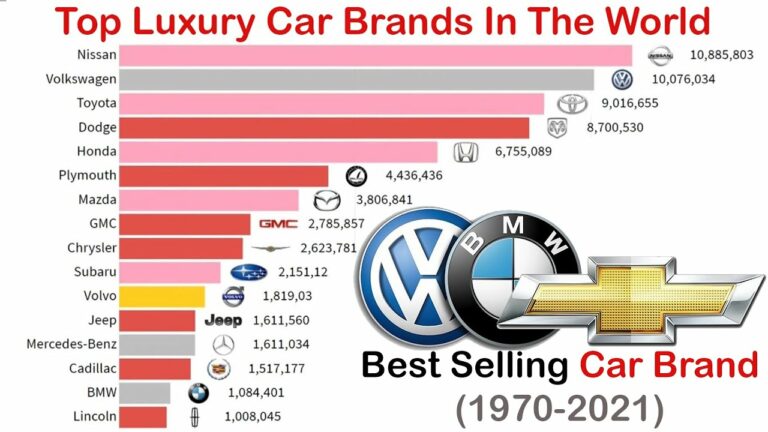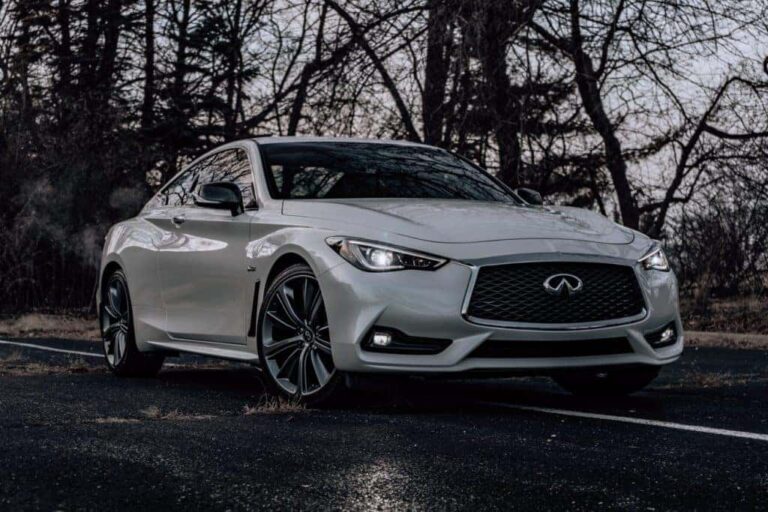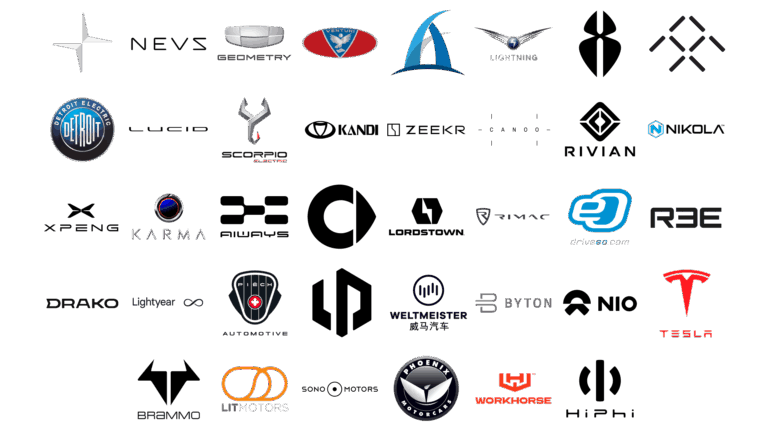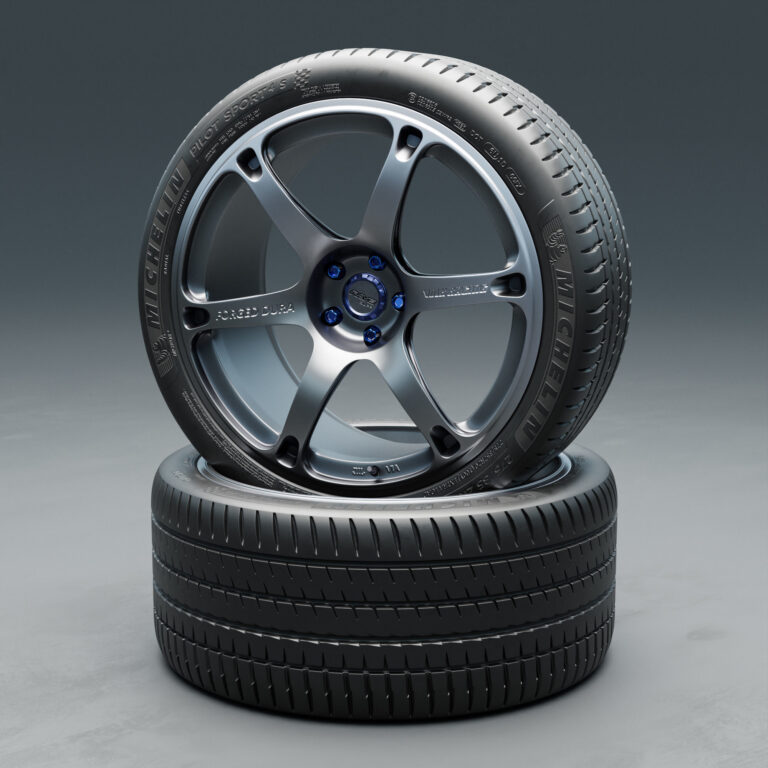Brand New Car Insurance: Your Ultimate Guide to Protecting Your New Ride
Brand New Car Insurance: Your Ultimate Guide to Protecting Your New Ride cars.truckstrend.com
The exhilarating scent of a new car, the pristine finish, the cutting-edge technology – owning a brand new vehicle is a dream come true for many. But amidst the excitement of your shiny acquisition, there’s a crucial aspect that often gets overlooked or misunderstood: Brand New Car Insurance. This isn’t just any car insurance; it’s a specialized shield designed to protect your significant investment from the unique vulnerabilities and rapid depreciation that new vehicles face.
In essence, Brand New Car Insurance refers to a comprehensive motor insurance policy specifically tailored for newly purchased vehicles, typically within the first few years of their registration. While a standard comprehensive policy covers damages to your car and third-party liabilities, a "brand new" car insurance policy often includes essential add-ons and features that address the specific needs of a new vehicle, such as mitigating the impact of depreciation on claims and ensuring you get the full value back in case of total loss. Understanding this distinction is paramount, as it can save you from significant financial setbacks and provide unparalleled peace of mind. This detailed guide will walk you through every facet of Brand New Car Insurance, ensuring you make informed decisions to safeguard your prized possession.
Brand New Car Insurance: Your Ultimate Guide to Protecting Your New Ride
Understanding Brand New Car Insurance: Beyond the Basics
When you drive a new car off the lot, it immediately begins to depreciate. Standard insurance policies factor this depreciation into their claim settlements, meaning you might not receive the full cost of repairs or replacement in the event of damage or total loss. Brand New Car Insurance, however, aims to bridge this gap, offering enhanced coverage that mitigates these financial risks.
The core of Brand New Car Insurance is typically a Comprehensive Policy, which covers:
- Own Damage (OD): Protection against damages to your own vehicle due to accidents, fire, theft, natural calamities (floods, earthquakes), and man-made disasters (riots, strikes).
- Third-Party Liability (TP): Mandatory coverage for damages or injuries caused to a third party or their property by your insured vehicle.
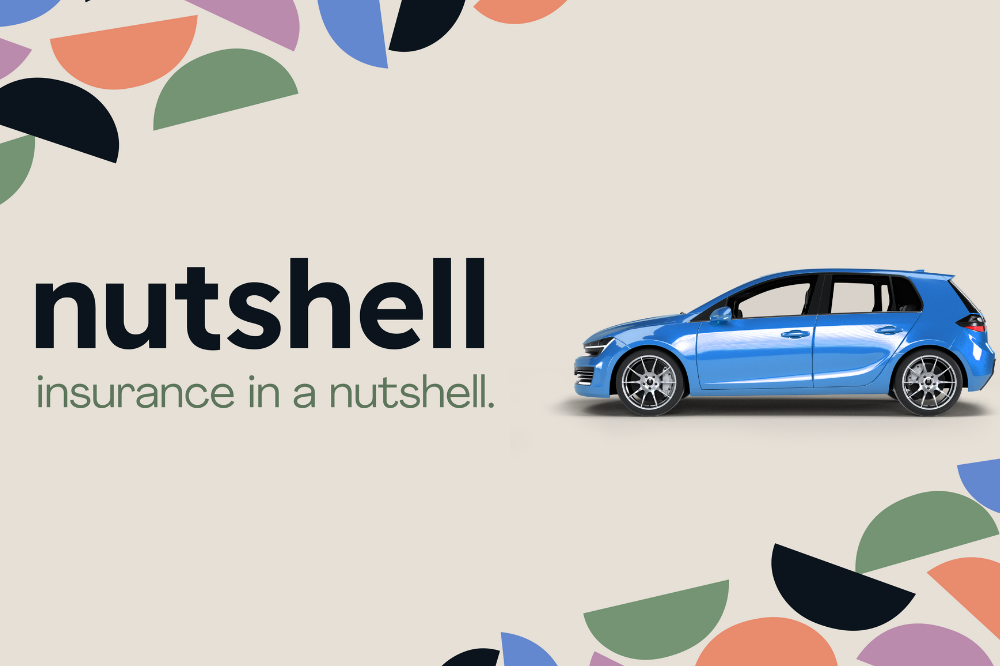
What truly differentiates Brand New Car Insurance are the specialized add-ons (riders) that are highly recommended, if not essential, for new vehicles:
-
Zero Depreciation Cover (Bumper-to-Bumper): This is arguably the most crucial add-on for a new car. Standard policies deduct depreciation from the value of parts replaced during repairs. For example, plastic parts might depreciate by 50%, and metal parts by 10% after the first year. With Zero Depreciation, the insurer pays the full cost of replacing parts without deducting depreciation, ensuring you get the maximum claim amount for repairs. This is usually available for cars up to 3-5 years old.
-
Return to Invoice (RTI) Cover: In the unfortunate event of your car being declared a total loss (stolen or irreparable beyond repair), a standard policy pays out the Insured Declared Value (IDV) – which is the depreciated market value of your car. RTI, however, ensures you receive the original purchase price of the car, including registration costs and road tax, as stated on the invoice. This prevents significant financial loss due to depreciation if your new car is stolen or totaled.
-
Engine Protection Cover: Standard policies often exclude damage to the engine or gearbox caused by water ingress (e.g., driving through a flooded area) or oil leakage. This add-on specifically covers the cost of repairing or replacing these vital components, which can be extremely expensive. It’s particularly valuable in areas prone to heavy rainfall or flooding.

-
Consumables Cover: During repairs, items like engine oil, gearbox oil, nuts, bolts, screws, washers, grease, and coolants are considered consumables and are usually not covered by a standard policy. This add-on covers the cost of these items, further reducing your out-of-pocket expenses.
-
Roadside Assistance (RSA) Cover: While not exclusive to new cars, RSA is highly beneficial. It provides services like flat tire assistance, minor on-site repairs, towing to the nearest garage, fuel delivery, and battery jump-start services in case of a breakdown.
-
Key Replacement Cover: Modern car keys, especially smart keys, are expensive to replace. This add-on covers the cost of replacing your keys if they are lost, stolen, or damaged.

Why Brand New Car Insurance is a Must-Have
Investing in specialized Brand New Car Insurance isn’t just an expense; it’s a strategic financial decision that offers significant advantages:
- Mitigating Rapid Depreciation: New cars lose a substantial portion of their value the moment they leave the showroom. Zero Depreciation and Return to Invoice covers directly combat this, ensuring you’re not left with a significantly lower payout than your car’s original value.
- Comprehensive Financial Protection: From minor dents to major accidents, the cost of repairing a new, technologically advanced vehicle can be astronomical. These specialized policies ensure that most, if not all, of these costs are borne by the insurer, protecting your savings.
- Peace of Mind: Knowing that your brand new car is fully protected against a wide array of risks, including theft, natural disasters, and unforeseen accidents, provides unparalleled peace of mind, allowing you to enjoy your new ride without constant worry.
- Reduced Out-of-Pocket Expenses: With add-ons like Zero Depreciation and Consumables Cover, you significantly reduce the amount you have to pay from your own pocket during repairs, making the claims process smoother and less burdensome.
- Protecting Your Investment: A car is a major asset. Brand New Car Insurance helps preserve its value and ensures you recover a substantial portion of your investment in unfortunate circumstances.
Choosing the Right Policy: What to Look For
Selecting the ideal Brand New Car Insurance policy requires careful consideration beyond just the premium amount.
-
Insured Declared Value (IDV): This is the maximum sum assured that your insurer will pay in case of total loss or theft. For a brand new car, the IDV is typically the ex-showroom price less the depreciation, as per the Indian Motor Tariff. Always ensure the IDV offered is close to your car’s market value. However, with the RTI add-on, the IDV becomes less critical for total loss scenarios, as you’d get the invoice price.
-
Premium vs. Coverage: While a lower premium is attractive, it shouldn’t be your sole deciding factor. Prioritize comprehensive coverage, especially the essential add-ons like Zero Depreciation and RTI, even if they slightly increase the premium. The long-term financial protection they offer far outweighs the initial cost.
-
Inclusions and Exclusions: Thoroughly read the policy document to understand what is covered and, more importantly, what isn’t. Pay attention to the number of claims allowed under Zero Depreciation in a policy year (some insurers limit it).
-
Claim Settlement Ratio (CSR): This metric indicates the percentage of claims an insurer settles in a financial year. A higher CSR (above 90%) suggests reliability and a smoother claim process.
-
Network Garages: Opt for an insurer with a wide network of cashless garages. This allows for convenient and hassle-free repairs without upfront payment from your end.
-
Customer Service: Assess the insurer’s reputation for responsiveness and customer support, as this will be crucial during the claim process.
-
Policy Add-ons (Riders): As discussed, identify which add-ons are most relevant to your driving habits, location, and the specific car model. For a new car, Zero Depreciation and RTI are highly recommended.
The Application Process: A Step-by-Step Guide
Getting Brand New Car Insurance is typically straightforward, especially if purchased directly from the dealership or online.
-
Gather Necessary Documents:
- Car Purchase Invoice
- Registration Certificate (RC) (or temporary RC)
- KYC Documents (ID proof, address proof)
- Previous Policy Details (if renewing or transferring NCB from an old car)
-
Compare Quotes: Don’t settle for the first quote. Use online aggregators or contact multiple insurers directly to compare premiums, IDVs, and available add-ons.
-
Select Your Policy: Choose the policy that best fits your needs and budget, ensuring it includes the critical add-ons for new cars.
-
Fill the Application Form: Provide accurate details about yourself and your vehicle. Any misinformation can lead to claim rejection later.
-
Vehicle Inspection (Rare for New Cars): For a brand new car, an inspection is usually not required as its condition is assumed to be perfect. However, if there’s a delay in purchasing the policy after delivery, or if buying from a non-dealership source, the insurer might request a pre-inspection.
-
Make Payment: Pay the premium online or offline.
-
Policy Issuance: Upon successful payment, your policy document will be issued, usually instantly for online purchases. Review it carefully for any discrepancies.
Common Challenges and Smart Solutions
Even with the best intentions, navigating car insurance can present challenges.
- High Premiums:
- Solution: While Brand New Car Insurance premiums are higher due to enhanced coverage, you can manage them. Utilize your No Claim Bonus (NCB) from a previous policy if applicable. Opt for a voluntary deductible (a portion you agree to pay in case of a claim) to lower premiums, but ensure you can afford it. Install anti-theft devices approved by ARAI to qualify for discounts.
- Understanding Complex Terms:
- Solution: Don’t hesitate to ask your insurer or agent for clarification. Read the policy wording thoroughly, paying special attention to definitions of key terms, exclusions, and claim procedures.
- Claim Process Confusion:
- Solution: In case of an accident, immediately inform your insurer. Take photographs of the damage and accident scene. File an FIR if it’s a major accident or involves third-party injury/death. Follow the insurer’s instructions for vehicle inspection and repair at a network garage for cashless settlement.
- Depreciation Impact without Zero Dep:
- Solution: For a brand new car, always opt for Zero Depreciation. Without it, even minor repairs can leave you bearing a significant portion of the cost due to depreciation deductions on parts.
Illustrative Brand New Car Insurance Premium Table
It’s crucial to understand that actual premiums vary widely based on factors such as the car’s make, model, variant, engine capacity, fuel type, geographical location, driver’s age and driving history, Insured Declared Value (IDV), and the specific add-ons chosen. The table below provides illustrative estimates for a comprehensive policy with essential new car add-ons.
| Car Segment / Vehicle Type | Illustrative Ex-showroom Price (INR) | Estimated Basic Comprehensive Premium (INR) | Zero Depreciation Add-on (INR) | Return to Invoice (RTI) Add-on (INR) | Engine Protect Add-on (INR) | Total Illustrative Premium (Approx. INR) |
|---|---|---|---|---|---|---|
| Compact Hatchback | ₹ 6,00,000 | ₹ 12,000 – ₹ 15,000 | ₹ 2,000 – ₹ 3,000 | ₹ 1,500 – ₹ 2,500 | ₹ 800 – ₹ 1,200 | ₹ 16,300 – ₹ 21,700 |
| Mid-Range Sedan/SUV | ₹ 12,00,000 | ₹ 25,000 – ₹ 30,000 | ₹ 4,000 – ₹ 6,000 | ₹ 3,000 – ₹ 5,000 | ₹ 1,500 – ₹ 2,500 | ₹ 33,500 – ₹ 43,500 |
| Premium Sedan/SUV | ₹ 25,00,000 | ₹ 45,000 – ₹ 55,000 | ₹ 7,000 – ₹ 10,000 | ₹ 5,000 – ₹ 8,000 | ₹ 2,500 – ₹ 4,000 | ₹ 59,500 – ₹ 77,000 |
Important Notes:
- These figures are highly approximate and are for illustration purposes only.
- Premiums can be influenced by factors like the city of registration, driver’s age, No Claim Bonus (NCB), voluntary deductible chosen, and specific insurer’s underwriting policies.
- The above estimates include the mandatory Third-Party Liability premium.
- It’s always recommended to get multiple quotes from different insurers based on your specific car and profile.
Frequently Asked Questions (FAQ) about Brand New Car Insurance
Q1: What is the primary difference between Brand New Car Insurance and standard comprehensive car insurance?
A1: Brand New Car Insurance is essentially a comprehensive policy with crucial add-ons like Zero Depreciation and Return to Invoice cover, which are specifically beneficial for new cars. These add-ons protect against depreciation and ensure a higher payout in case of claims or total loss, which standard comprehensive policies don’t fully offer.
Q2: Is Zero Depreciation cover really necessary for a new car?
A2: Absolutely. New cars depreciate quickly. Without Zero Depreciation, the insurer will deduct a depreciation amount from the cost of parts during repairs, leaving you to pay a significant portion. Zero Dep ensures you get the full value of replaced parts.
Q3: How long is a car considered "brand new" for insurance purposes?
A3: While "brand new" is a subjective term, most insurers offer Zero Depreciation cover for vehicles up to 3 to 5 years old. The benefits of RTI are generally for the first 1-3 years. After this period, the depreciation factor becomes more significant, and these specific add-ons may no longer be available or as beneficial.
Q4: Can I transfer my No Claim Bonus (NCB) from my old car to a new one?
A4: Yes, if you sell your old car and purchase a new one within 90 days, you can transfer the NCB accumulated on your previous policy to your new car’s policy, helping reduce the premium.
Q5: What is Insured Declared Value (IDV) and how is it calculated for a new car?
A5: IDV is the maximum sum assured that your insurer will pay in case of total loss or theft. For a brand new car, it’s typically the ex-showroom price minus the first year’s depreciation (usually 5% for cars less than 6 months old).
Q6: What happens if I don’t opt for Return to Invoice (RTI) cover and my new car is stolen?
A6: If your new car is stolen or declared a total loss without RTI cover, your insurer will only pay you the Insured Declared Value (IDV) of the car at the time of loss, which is its depreciated market value. This means you will receive less than what you paid for the car.
Q7: Is it mandatory to buy car insurance from the dealership?
A7: No, it is not mandatory. While dealerships often offer convenience, you have the right to purchase insurance from any insurer of your choice. Comparing quotes from multiple sources can often lead to better deals and more suitable coverage options.
Conclusion
Owning a brand new car is a significant milestone and a substantial investment. To truly protect this asset, understanding and securing the right Brand New Car Insurance is not merely an option but a necessity. By opting for a comprehensive policy bolstered with essential add-ons like Zero Depreciation, Return to Invoice, and Engine Protection, you’re not just buying insurance; you’re investing in unparalleled peace of mind and robust financial security.
Remember, the initial higher premium for these specialized covers is a small price to pay for the comprehensive protection and reduced out-of-pocket expenses they offer in the long run. Take the time to compare policies, understand the fine print, and choose an insurer with a strong track record. Your brand new car deserves the best possible protection, ensuring that your joy of ownership remains unmarred by unforeseen circumstances. Drive confidently, knowing your new ride is comprehensively covered.

